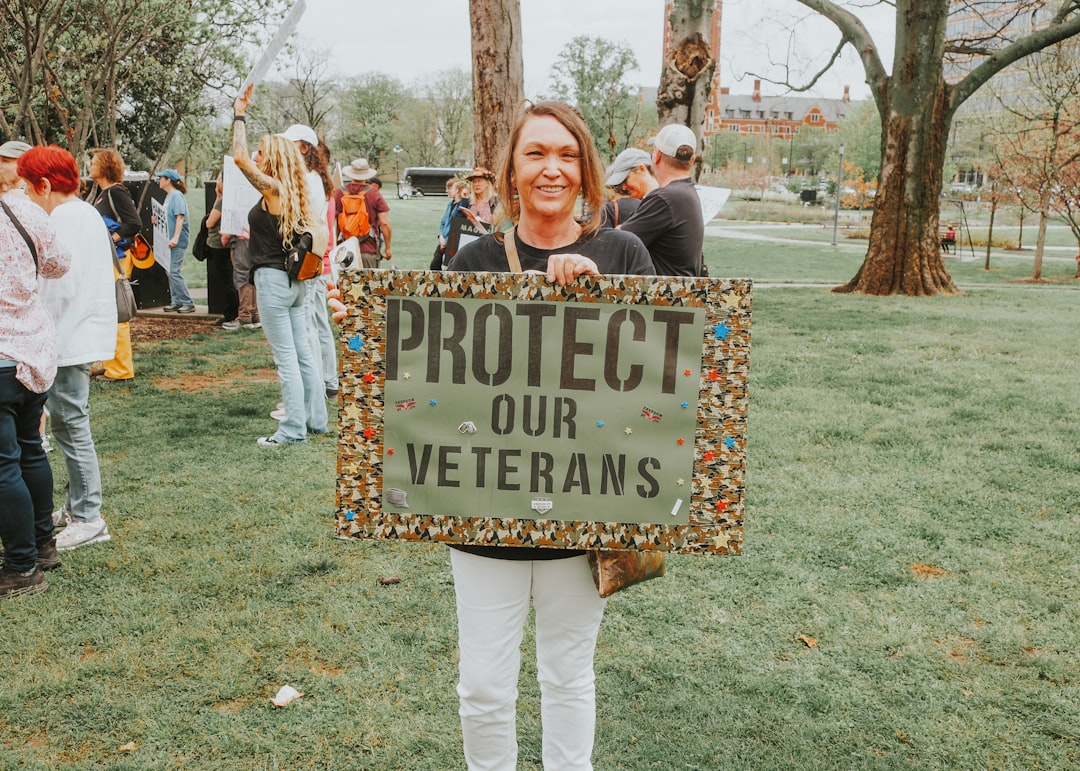The Revolutionary Promise That Changed Everything

Imagine returning from the deadliest war in human history only to face unemployment, homelessness, and the crushing weight of an uncertain future. That was the reality facing 16 million American servicemen and women as World War II drew to a close in 1944. But something extraordinary happened that June when President Franklin D. Roosevelt picked up his pen and signed the Servicemen’s Readjustment Act—better known as the GI Bill. This wasn’t just another government program; it was about to become what many historians call the most transformative piece of social legislation in American history.
What made this bill so revolutionary wasn’t its size or scope alone. By 1956, when the G.I. Bill expired, the education-and-training portion had disbursed $14.5 billion to veterans—but the Veterans Administration estimated the increase in Federal income taxes alone would pay for the cost of the bill several times over. Think about that for a moment—a government investment that literally paid for itself while fundamentally reshaping an entire nation’s social fabric.
From Battlefield to Classroom: The Education Revolution

Nobody saw it coming. When Roosevelt signed the GI Bill in June of 1944, “no one thought the education provisions were going to be important,” says Michael Gambone. Only about four in 10 Americans had even a high school diploma at the time, and the law’s drafters thought the Bill’s jobs and housing provisions would have the most impact. They couldn’t have been more wrong.
Within the following seven years, approximately eight million veterans received educational benefits. Under the act, approximately 2,300,000 attended colleges and universities, 3,500,000 received school training, and 3,400,000 received on-the-job training. By 1947, half of all college students in America were veterans. Picture walking onto any college campus in 1947 and seeing battle-hardened soldiers sitting next to traditional 18-year-olds—it was an entirely new world of opportunity.
Higher education became a ticket to middle-class income and status, and colleges grew tremendously; many had to house the veterans in Quonset hut-style housing because of shortages of space in the dormitories.
The Numbers That Built a Nation

The statistics tell an incredible story of transformation. The number of degrees awarded by U.S. colleges and universities more than doubled between 1940 and 1950, and the percentage of Americans with bachelor degrees, or advanced degrees, rose from 4.6 percent in 1945 to 25 percent a half-century later. This wasn’t just about individual achievement—it represented a fundamental shift in what it meant to be American.
That the bill funded the education of 22,000 dentists, 67,000 doctors, 91,000 scientists, 238,000 teachers, 240,000 accountants and 450,000 engineers – as well as 3 Supreme Court justices, 3 presidents, 12 senators, 14 Nobel Prize winners and 24 Pulitzer Prize winners – is testament to its extended impact on American society. These weren’t just random beneficiaries—they became the intellectual backbone of America’s post-war prosperity.
Opening the Homeownership Floodgates

Millions of veterans took advantage of the GI Bill’s home loan guarantee. From 1944 to 1952, the VA backed nearly 2.4 million home loans under the programme. But the numbers only tell part of the story. By 1955, 4.3 million home loans had been granted, with a total face value of $33 billion. In addition, veterans were responsible for buying 20 percent of all new homes built after the war.
An important provision of the G.I. Bill was low interest, zero down payment home loans for servicemen, with more favorable terms for new construction compared to existing housing. This encouraged millions of American families to move out of urban apartments and into suburban homes. For families who had never dreamed of owning their own home, the GI Bill made the impossible suddenly achievable.
The Birth of Suburban America

William Levitt built the first Levittown, the archetype suburban community, in 1946 in Long Island, New York. Purchasing mass acreage, “subdividing” lots, and contracted crews to build countless homes at economies of scale, Levitt offered affordable suburban housing to veterans and their families. This wasn’t just construction—it was social engineering on a massive scale.
The surge in demand for housing led to a construction boom. Developers like William Levitt innovated mass-production techniques to build entire neighborhoods of modest, affordable homes at record speed. These “Levittowns” became the blueprint for the American suburbs that sprang up around major cities. Veterans weren’t just buying houses; they were buying into a completely new American lifestyle centered around car ownership, consumer goods, and the nuclear family.
The Economic Miracle Nobody Expected

If the goal of the 1944 GI Bill was to avoid another depression, it worked. The Bill not only led to a massive expansion in higher education, but also helped expand the nation’s economy as a whole. Congress estimated that for every dollar spent under the GI Bill, the economy got seven dollars back. This wasn’t just spending—it was the smartest investment in human capital the country had ever made.
The results rippled through the rest of the economy; there would be no new depression—just unparalleled prosperity for a generation. The veterans who used GI Bill benefits became doctors, engineers, teachers, and entrepreneurs. They bought homes, started families, and created the consumer demand that drove America’s post-war economic boom.
Creating the Professional Class

The GI Bill didn’t just create more college graduates—it fundamentally changed who could become a professional. Before the war, higher education was largely the province of the wealthy. As much as any piece of legislation passed in the postwar period, the G.I. Bill helped propel thousands of veterans into the middle class. It set the stage for postwar abundance and prosperity and contributed to the growth of higher educational opportunities as a ticket to middle-class status in America.
By the end of the 1940s, nearly half of all college students were veterans. The backgrounds of these new students varied widely—many were the first in their families to attend college—and their presence helped diversify the American student population. Suddenly, a farm boy from Iowa could become an engineer, and a factory worker’s son could become a doctor.
The Unequal Promise: When Benefits Didn’t Reach Everyone

Despite its transformative power, the GI Bill’s implementation revealed the stark realities of American society in the 1940s. More than 1 million black men had served in the military during World War II and these men shared in eligibility for educational benefits, which included tuition payments and a stipend for up to four years of college or other training. Yet, the effects of military service and the availability of educational benefits may have differed by race and geography as black men from the South returned to segregated systems of higher education, with relatively limited opportunities at historically black institutions.
The combination of World War II service and the availability of G.I. benefits led to an increase in educational attainment of about 0.4 years of college for black men born outside the South, while there were few gains in collegiate attainment among black men from the South. Limited collegiate opportunities for blacks from the South decreased the effect of the G.I. Bill for this group and help to explain why this group did not share the same gains in collegiate attainment as whites and blacks in the North.
Housing Discrimination and Suburban Exclusion

During the drafting of the law, the chair of the House Veterans Committee, Mississippi Congressman John Rankin, played hardball and insisted that the program be administered by individual states instead of the federal government. He got his way. Rankin was known for his virulent racism: He defended segregation, opposed interracial marriage, and had even proposed legislation to confine, then deport, every person with Japanese heritage during World War II.
The postwar housing boom almost entirely excluded Black Americans, most of whom remained in cities that received less and less investment from businesses and banks. Though the GI Bill guaranteed low-interest mortgages and other loans, they were not administered by the VA itself. Thus, the VA could cosign, but not actually guarantee the loans. This gave white-run financial institutions free rein to refuse mortgages and loans to Black people. In 1947, only 2 of the more than 3,200 VA-guaranteed home loans in 13 Mississippi cities went to Black borrowers.
The Long-Term Impact on American Society

The changes set in motion by the GI Bill were not limited to the immediate post-war years. Decades later, the United States still feels the reverberations of that legislation. The massive expansion in college attendance normalized the idea of higher education as a stepping stone to success. What started as veteran benefits became the template for how Americans thought about education, homeownership, and social mobility.
In 1971, 61% of Americans lived in middle-class households. By 2023, the share had fallen to 51%, according to a new Pew Research Center analysis of government data. While today’s middle class faces different challenges, its foundation was built by the GI Bill generation and their unprecedented access to education and homeownership.
Lessons for Today’s America

The GI Bill’s success offers powerful lessons about the role of government investment in human capital. Often dubbed the magic carpet to the middle class, provisions of the bill granted eligible veterans free college tuition, job training and placement, generous unemployment benefits and a low interest, no money down loan for a home or business. The effects of this bill were widespread; it touched eight out of ten men born in the 1920’s.
Today, as the median income was $80,060, placing families earning $53,000–$161,000 in the middle class bracked. This is about 40% of all U.S. households. in 2023, Americans continue to grapple with questions about education costs, housing affordability, and economic mobility that the GI Bill once helped solve for an entire generation.
The Foundation That Still Stands

The GI Bill’s greatest achievement wasn’t just creating individual success stories—it was proving that strategic government investment could transform an entire society. This suburban expansion, enabled largely by the GI Bill’s housing provisions, influenced infrastructure development. Highways, shopping centers, and schools were built to serve these communities, reshaping the nation’s geographic and social landscape. The emphasis on homeownership and stability that the bill encouraged became a long-standing component of American life, influencing housing policy, local governance, and even national politics for generations.
The infrastructure of modern America—from our highway system to our universities to our suburban communities—bears the fingerprints of this remarkable piece of legislation. The GI Bill didn’t just build the American middle class; it built the foundation of modern American life itself.





